Training | High Intensity Training And Muscle Confusion: The Premise of RHF...
With the popularity of high intensity training (HIT) and high intensity interval training (HITT), the term "muscle confusion" is getting a lot of play in the media.
And while many people credit it as the reason HIT and HIIT is effective, few people understand what it means, much less how it works.
Let's examine what intensity is and why muscle confusion is so effective and popular…
Defining Intensity...
The word "intensity" has been given many meanings in the context of exercise. For example, some experts say the true definition of intensity is load intensity or the total amount of weight you lift, or the amount of weight you can lift relative to your one repetition maximum. Other experts claim that effort intensity or the amount of perceived momentary muscular effort you can exert during a set/round is the optimum measure of intensity.
Intensity can also be defined as anabolic intensity or the amount of muscle building hormones released as a result of a workout. Another way to look at it is relative intensity or the amount of physical stress imposed on the body. Sports psychologists often use the term mental intensity; focus, concentration and mental toughness.
There is another definition of intensity which few people ever consider, yet it is equally important, and may be more important than any other form of intensity; density training or "density intensity" (wow, nice rhyme!) is the amount of muscular work you can perform in a specified period of time.
Peaking: Muscle Synergy...
The whole idea of muscle synergy is based on creating a fitness peak to maximize performance benefits. These phases take a while to master. As you are working on this mastery, confusion reigns, and your performance may be mediocre at times. But when you put it all together, and the various bits that have been confusing your body all come together, the result is a period of peak fitness and synergy.
One of the concepts that seems the hardest to convey to people is how (or why) to peak. Most "everyday" people never consider themselves athletes because they lack performance-oriented goals; they just want to look good and/or feel better. But it is important to understand that all training protocols adhere to athletic principles inherently (especially HIT and HIIT); athletic training always builds around a peak period when you need your body to perform at its best.
This idea works for every person who works the program; it works for anyone serious about their training. Keep in mind that "high intensity" can vary from person to person. In other words, what is intense for one person might be easy for another person. You should still lean towards HIT and HIIT for optimal results.
Periodization: Training in progressive and regressive cycles...
The entire theory of muscle confusion is based on something called periodization, which is basically training in targeted cycles that keep your body from getting too used to your schedule. The goal of periodizational training is to minimize performance plateaus and keep your improvements happening for a specific amount of time. All periodized programs are structured with a progression and regression of training blocks designed around a peak.
This is why most of RHF members get their best results during the latter phases of our programs; most can begin to see real results in as little as 21 days. Keep in mind it takes about 66 days on average to create a new habit some good research shows.
Adapt, master, transition...
The training blocks (weeks) are laid out with a general plan. Your body begins each block faced with something new. This forces you to adapt to it. The stress of this process leads to accelerated improvements. When your body is used to the new regimen, it has a short period where it makes even greater improvements, which is called a growth or mastery phase. Finally, you get so used to the training that your results begin to plateau, at which time it is best to transition into something else.
Timing is everything...
It is important to be aware of when your body should transition (you never always want to be in a state of confusion). This can be difficult, but with experience, you will get better at it. This is where a trainer can help you immensely. Intensity can be varied and customized for clients who are out of shape or have a structure that is less rigid because the adaptation period takes longer.
Conversely, the fitter you are, the quicker your body reacts to training and the quicker it adapts. Most science shows that a 3-week-on, 1-week-off cycle of training (regression) is about as short as you can go to maximize the adaptive and growth phases.
We use this philosophy at RHF. This philosophy is a little flexible however.
We do recommend that you work out to your own schedule to keep this practical (with work and family). Ultimately, what is important is that you halt the growth phase before a plateau occurs and that you see the full cycle through to its end.

